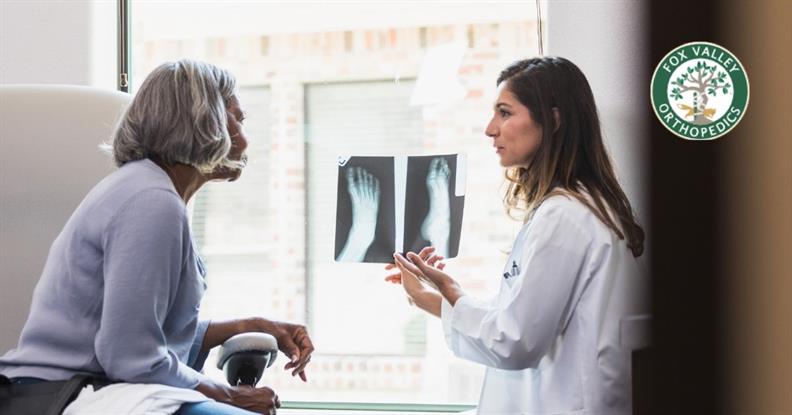Back on Track: How Minimally Invasive Spine Surgery Changed a Former Pro Athlete’s Life

If you ask Google for the definition of chronic pain, it will tell you that it’s pain that lasts for 12 weeks or longer and interferes with daily activities and quality of life. If you ask a chronic pain patient, they’ll also tell you that dealing with pain day in and day out changes you. Science agrees, with multiple studies done on back pain in particular. Chronic back pain changes your brain both structurally and functionally, decreasing your gray matter – the part of your brain that handles emotions and motivation. For that reason alone, it’s important to have issues addressed when they arise, especially when they affect your day-to-day life.
For former professional athlete Matt Geier, pain has been a standard part of life. Eleven orthopedic surgeries have made him somewhat of an expert in the cycle of injury, surgery, and recovery. When his lower back started to become an issue, he tried to ignore it, chalking it up to arthritis and a lifetime of various injuries. He managed his discomfort for several years until even walking a few blocks became too much. With sharp, shooting pains down his legs, the retired athlete could no longer even stand comfortably. At that point, Matt decided he needed to address the issue. Even if surgery was necessary, he was ready to do what it took to reclaim an active life.
Matt saw three different surgeons and the collective diagnosis was spinal stenosis, the narrowing of the canal in the spine where the nerves live. Matt’s spinal disc degeneration led to this stenosis with increasing joint arthritis pinching his nerve. Additionally, he had structural changes that led to a curvature in the spine. All three surgeons recommended major surgery to rebuild Matt’s spine, but none would guarantee any kind of success.
Unsatisfied with the prospect of undergoing a significant surgery that might not help at all, Matt made an appointment with a fourth surgeon in the hopes of finding an alternate option. That surgeon was Dr. Lauren Matteini of Fox Valley Orthopedics, who specializes particularly in minimally invasive techniques, which allow for quicker recovery and reduced post-op discomfort.
When Matt met Dr. Matteini, he brought previous imaging, along with a full set of records from the other physicians he’d seen. After speaking with Matt, reviewing his chart, and conducting an exam, Dr. Matteini told him quite frankly that she wasn’t sure how he could walk at all, given the severity of his back issues. She then asked him a simple question – if she could fix only one aspect of his overall back issues, what would he want that to be? Matt immediately responded that the shooting pains in his legs were his biggest issue, and the one that most significantly disrupted his day-to-day activities. If Dr. Matteini could eradicate that pain, he felt that he could manage any other discomfort that may occur. With that request made, and with Dr. Matteini feeling confident that she would be able to help him, surgery was scheduled.
Matt’s surgery took place at Sherman Hospital in September 2024. When he awakened in the recovery room, he recalls that he felt an “immediate difference.” The stabbing pain was gone, eliminated entirely through only a few incisions in his left side and lower back. Matt walked out of the hospital that same day determined to make the most of his relief. By week three of rehab, he could walk a mile without any pain. In April, he was up to two miles a day and able to resume neighborhood walks with his wife. This month, he’s joining a gym. Every day, he says he feels better and better. If he has the occasional twinge, it’s made manageable with some over the counter pain relief. In fact, he swears that if you took away his knee issues, he’d be able to run again – something he hasn’t been able to do in 15 years.
Back pain is common not only in America, but worldwide. It’s a global health concern and costs millions of dollars yearly in both lost time at work and productivity. More importantly, it costs people time and happiness with their loved ones. Unfortunately, it’s also something that many people just soldier through, rather than discovering the underlying causes and addressing any issues that may help ease discomfort and provide greater mobility. Surgery isn’t the only option. In fact, it’s not even the most likely one. Most issues can be addressed with some physical therapy and lifestyle changes. Get moving. Build core strength. You’re not as fragile as you think, we promise.



